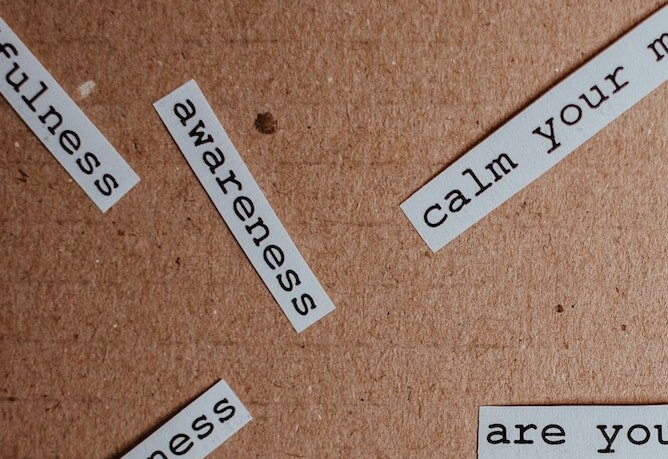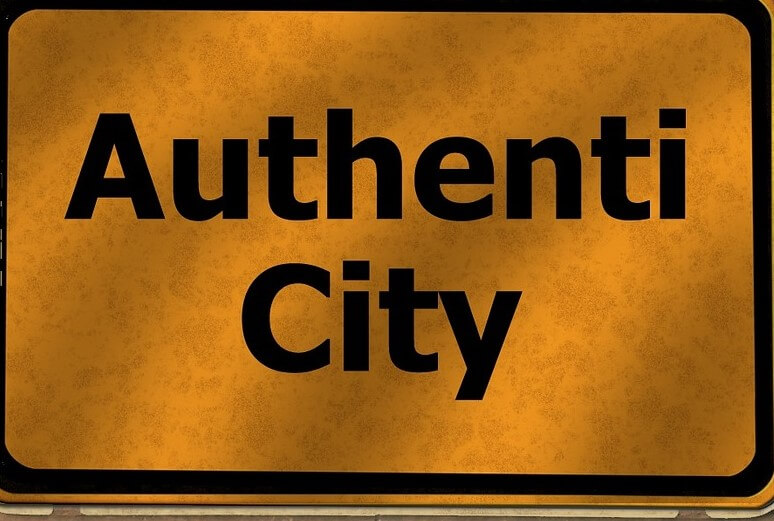Job Satisfaction
Sections of This Topic Include
- What is Job Satisfaction?
- Measuring Job Satisfaction
- Career Satisfaction: Do You Have It?
- Job Satisfaction: Is it Time to Stay or Leave?
- Various Perspectives on Job Satisfaction
Also consider
Learn More in the Library’s Blogs Related to Job Satisfaction
In addition to the articles on this current page, see the following blogs which have posts related to Job Satisfaction. Scan down the blog’s page to see various posts. Also see the section “Recent Blog Posts” in the sidebar of the blog or click on “next” near the bottom of a post in the blog.
- Library’s Career Development Blog
- Library’s Coaching Blog
- Library’s Human Resources Blog
- Library’s Spirituality Blog
What is Job Satisfaction?
Job satisfaction is in regard to one’s feelings or state-of-mind regarding the nature of their work. Job satisfaction can be influenced by a variety of factors, eg, the quality of one’s relationship with their supervisor, the quality of the physical environment in which they work, degree of fulfillment in their work, etc.
(To my knowledge, there is no strong acceptance among researchers, consultants, etc., that increased job satisfaction produces improved job performance — in fact, improved job satisfaction can sometimes decrease job performance. For example, you could let someone sit around all day and do nothing. That may make them more satisfied with their “work” in the short run, but their performance certainly won’t improve.)
Measuring Job Satisfaction
It is extremely important for leaders and managers to support their employees to remain highly satisfied in their jobs. However, job satisfaction is such a highly subjective measure. How do you measure it?
There are a variety of approaches, including satisfaction surveys, performance review discussions and exit interviews. The better the relationship between the supervisor and employee, the more honest the employee will be in sharing his or her opinion about how they feel about their jobs. Here are some additional perspectives.
- 3 Simple and Efficient Ways to Measure Employee Satisfaction
- How to Measure Employee Satisfaction
- Employee Satisfaction Measured in Real Time
Also consider
Helping People to Motivate Themselves and Others
Career Satisfaction: Do You Have It?
© Copyright Marcia Zidle
Do you “work to live or live to work”?
In a recent Leading News, e-newsletter, from Marshall Goldsmith, the premier executive coach, asked that question. Why? Because if you figured how time you spent at work – approximately one-third of our waking hours – then you realize that your job has a significant impact on your life.
He created an exercise to help people evaluate their job satisfaction and, mostly importantly, their career choice. There are three categories and you are to estimate the percentage of your job that falls within each category.
You Try It.
The first category is “play.” This is job content that is fun and what you would tend to do regardless of whether or not you were compensated for it. We have all seen people readily agree to do a task that was beyond the job description. Why? Because it was a task they viewed as fun, as an outlet for untapped creativity or a channel for self-development. If I tell myself, “I’m going to play,” then there is no resistance or creative avoidance.
The second category is “work.” This is job content that is not play. It’s work. This is an activity that, although not fun, you would agree to do for reasonable compensation.
The third category is “misery.” Job content in this category is not only not play, but it is drudgery, and at times pure h-ell. And we can find all times of creative reasons to avoid and procrastinate.
How do you see the composition of your work experience concerning activities that are categorized as play, work, and misery? Do you need to write yourself a new job description?
Here are the typical survey results among professionals:
15 percent of what professionals do is considered play;
75 percent of what professionals do is considered work;
10 percent of what professionals do is considered misery.
Career Success Tip
Most professional jobs can be molded or shaped to allow for individual situations or for one’s growth and development needs. Think about ways to add things to your job that will allow you to play more or take some things out that will allow you to be more satisfied. Then go to your boss and make a case for it – not that it will make you happier but that it can add to your productivity.
Job Satisfaction: Is it Time to Stay or Leave?
© Copyright Marcia Zidle
Have you lost that “loving” feeling?
You’ve survived the layoffs, cut wages, reorganizations and other company changes. You’re stressed out, fed up and ready to bolt.
On the other hand, the economy is going nowhere, the analysts aren’t sure if we’re in recovery, recession or something in-between and you’re being told “you have a job, be happy.”
So, should you stay or leave? Before you make that critical career decision, take a deep breath, assess your situation and do a cost benefit analysis.
First, consider the reasons to stay. For example:
1. Relationships matter more than money.
You may think you can find a job that will pay you more, but you will be leaving behind a wealth of relationships. When weighing your options, don’t forget the value of the network, the friends and professional colleagues you have now.
2. You are doing well compared to your peers.
Research shows that many people under estimate their skills and their prospects and over estimate others. Take the time to do a realistic assessment of what you have to offer and its value in today’s marketplace.
3. The grass is not always greener.
People, who are desperate to get out of a job, tend to see potential opportunities only outside their company. They enthusiastically take a new job and then realize they’ve gone from the proverbial frying pan into the fire.
Now, consider the reasons to leave. For example:
1. Your relationship with your boss is damaged beyond repair. You have tried to mend it but you’re getting stonewalled. Yes, she may be a jerk but she is the boss and in a power struggle, you will probably lose.
2. Your values are at odds with the culture. For example, your company is hierarchical and you want more influence over your job. It’s very hard for one person to change a culture unless he’s the CEO or has been brought in to change things.
3. Your stress level is way off the charts. It’s affecting your physical or mental health and your relationships with family and friends. You’re burnt out, burnt up and dread going to work.
So what will it be – stay or leave?
In looking at the reasons to stay and the reasons to leave, which will have the best impact on your personal and career satisfaction? What will provide you with the most benefit today? What about tomorrow?
Various Perspectives on Job Satisfaction
- Job Satisfaction: Putting Theory Into Practice
- Job Satisfaction (Wikipedia)
- Beyond “Near-Life Experiences”
- Job Satisfaction: Is it Time to Stay or Leave?
- Career Intelligence: What They Didn’t Teach You in School
- Career Satisfaction: Do you Have It?
- Job Satisfaction: Do You Have It?
- Connect Your Career With Your Personality
- Career Anchors: What Motivates You?
- Career Satisfaction: You Don’t Have to Leave “Home”
- Job Satisfaction: Do You Feel Boxed In?
- Finding the Way Out of a Coffin That’s Nailed Shut
- Perspective on Demoting Yourself to Be True to Yourself
- Office Politics: Love Or Hate! It’s Here To Stay
Also consider
- Assertiveness
- Attitude
- Authenticity
- Awareness
- Bullying (Addressing)
- Burnout
- Cynicism
- Emotional Intelligence
- Financial Fitness
- Motivating and Inspiring Yourself
- Physical Fitness
- Self-Confidence
- Stress Management
- Work-Life Balance
- Workaholism
General Resources
For the Category of Personal Wellness:
To round out your knowledge of this Library topic, you may want to review some related topics, available from the link below. Each of the related topics includes free, online resources.
Also, scan the Recommended Books listed below. They have been selected for their relevance and highly practical nature.










